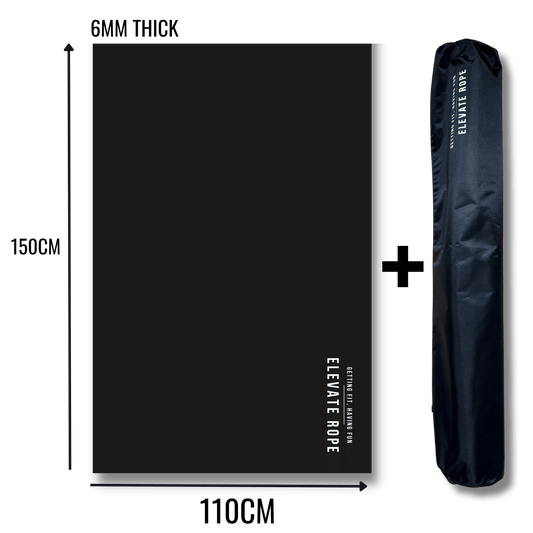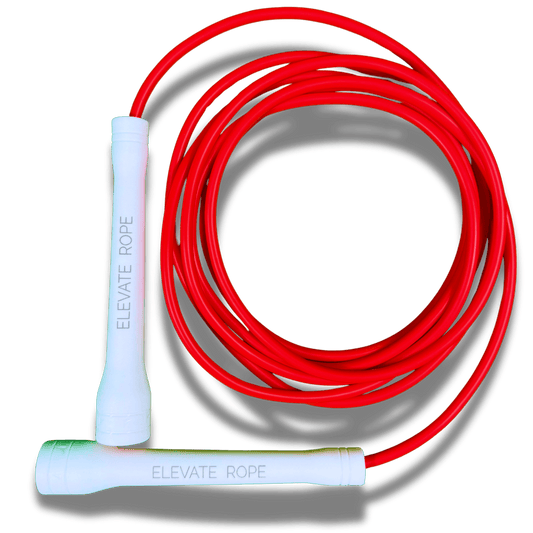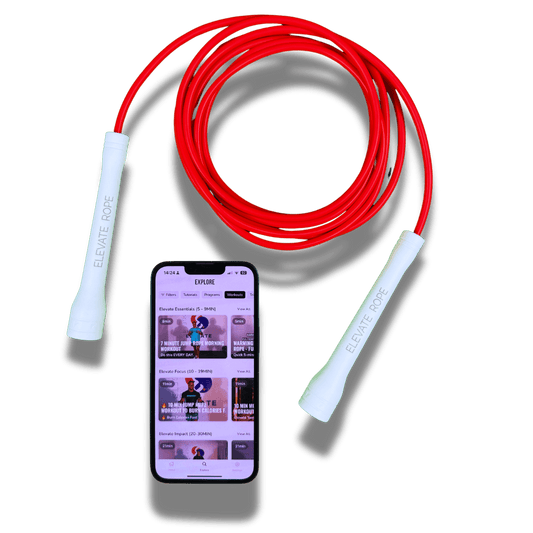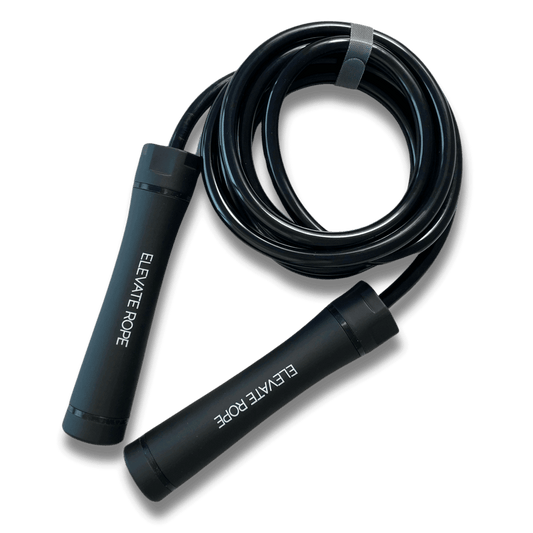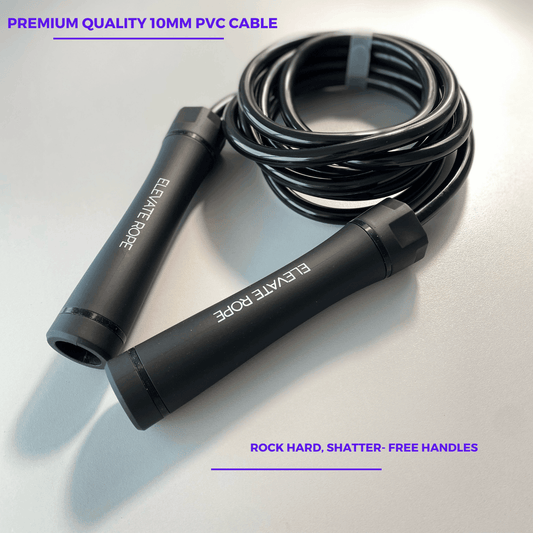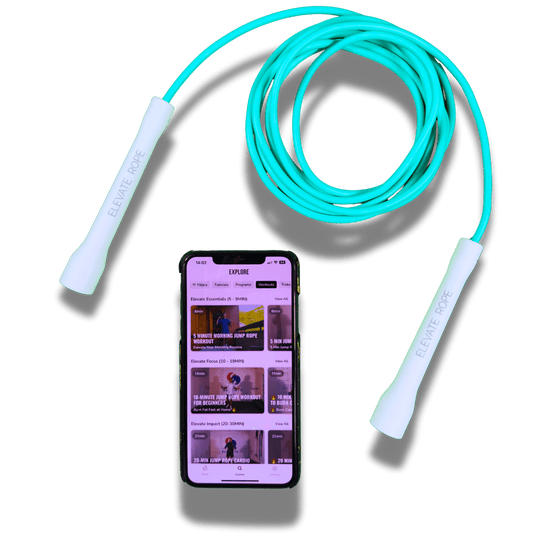Athletic burnout isn’t just something that happens during your career — for many former athletes, it quietly follows long after the final whistle. You hang up the jersey, step away from structured competition, and promise yourself you’ll “get back into training soon.” But months (or years) later, the spark is still missing.
The problem isn’t willpower. It’s boredom.
Most ex-athletes don’t realize how deeply burnout and boredom are connected — and why traditional fitness routines rarely reignite that inner drive. Understanding this link is the first step to rebuilding not just your body, but your performance identity.

1. When the Game Ends, the Structure Vanishes
As athletes, your days used to revolve around structured effort: warm-ups, drills, training blocks, recovery cycles, competition. Every session had purpose. Every rep fit into a bigger picture.
Once that structure disappears, so does the built-in sense of direction.
Without that scaffolding, the gym starts to feel… random.
You move through workouts without a clear goal. You scroll for programs that feel “challenging” enough. But underneath it all, you miss the feeling of training for something.
That’s when boredom creeps in — not because you don’t like movement, but because it no longer connects to meaning.
Athletic burnout isn’t just exhaustion. It’s the loss of context. When your identity as an athlete fades, your training stops being a craft and starts feeling like a chore.
2. Why “Normal Workouts” Don’t Work for Ex-Athletes
Most fitness routines are built for the general population — not for people who once trained with precision, feedback, and measurable progression.
If you used to chase PRs, master technique, or perform under pressure, then generic sets and reps won’t light the same fire.
Here’s what happens:
- Repetition feels empty. You’re used to drills with a purpose — not mindless movement.
- Progress stalls early. When the stimulus is too low, your nervous system never engages at the level it used to.
- Motivation dips fast. Without feedback, variety, or skill progression, your competitive brain loses interest.
That’s not laziness. That’s wiring.
Ex-athletes thrive on challenge, precision, and measurable improvement. Take those away, and training becomes noise.
So when boredom hits, it’s not a lack of discipline — it’s a mismatch between the type of training and the type of athlete you are.

3. The Psychology of Burnout: It’s Not Just Physical
Burnout begins when your mind and body no longer move in sync.
During your athletic years, that disconnection usually showed up as fatigue, overtraining, or pressure from performance goals.
Post-career, it manifests differently — often as a loss of spark.
Psychologists studying athlete transition call this the “motivation void.”
It’s a period where you still crave challenge but struggle to find a meaningful outlet for it.
According to a study published in the Journal of Applied Sport Psychology, many retired athletes experience a loss of intrinsic motivation when their training no longer offers measurable mastery or progress.
That void grows when workouts stop stimulating your autotelic mindset — the internal drive that once made training feel rewarding in itself.
In simpler terms:
When there’s no sense of progress, purpose, or mastery, your brain stops releasing the chemicals (dopamine, serotonin) that made competition addictive.
That’s why typical gym sessions — treadmills, machines, steady sets — don’t bring the same rush. They don’t trigger the flow state your body associates with athletic performance.
4. Rediscovering Flow Through Skill-Based Training
To reignite motivation, you don’t need to train harder — you need to train differently.
Skill-based movement reactivates your athletic instincts. It reintroduces precision, timing, and rhythm — the same neural pathways that made you feel “alive” in sport.
One of the most powerful ways to achieve that is through jump rope training.
Here’s why it works:
- Dynamic coordination: Jump rope combines timing, footwork, and rhythm — key elements that trigger neural engagement.
- Scalable challenge: You can always learn a new skill — double unders, crossovers, footwork drills — keeping boredom at bay.
- Cardio with feedback: Every miss, rotation, or improvement is instant feedback — the kind of learning loop athletes thrive on.
- Low-impact but high intensity: It pushes your conditioning without taxing your joints, ideal for athletes easing back in.
Jump rope isn’t “child’s play.” It’s neuro-conditioning — and that’s exactly what ex-athletes need to wake up dormant skills.

5. Turning Boredom into Momentum: The Small Wins Principle
One mistake many ex-athletes make is chasing the peak performance feeling too soon.
You don’t need to hit elite intensity right away to feel like an athlete again.
What reignites consistency isn’t huge progress — it’s momentum through mastery.
Think of it like this:
- Day 1: You re-learn basic jumps and footwork.
- Week 1: You start stringing combinations together without tripping.
- Week 2: You master rhythm and control, and the cardio feels natural again.
Each small win reinforces that inner belief — I’ve still got it.
Over time, this becomes a positive loop: Skill → Flow → Motivation → Consistency.
That’s how boredom dissolves. Because the goal is no longer “just staying fit” — it’s rediscovering the joy of learning movement again.
6. From Burnout to Balance: Building a Sustainable Post-Competition Routine
The secret to sustainable training after your athletes career isn’t grinding harder — it’s designing a rhythm that supports both body and mind.
Start with 3–4 focused sessions per week built around skill-based movement (like jump rope), supported by light strength or mobility work.
Add micro goals — mastering a new combo, improving foot speed, or extending unbroken rounds — instead of generic metrics like time or calories.
And most importantly, reframe your purpose:
You’re not “trying to get back” to where you were.
You’re building a new chapter — one that celebrates longevity, flow, and performance without pressure.
When training becomes play again, consistency follows naturally.
7. The Practical Bridge: From Idea to Action
If you’re ready to move past burnout and boredom, you don’t need to overhaul your life — just start with tools that make movement feel like training again.
That’s where the Ascent MAX Bundle comes in.
It’s designed specifically for athletes who crave the feeling of performance — precision-weighted handles, interchangeable speed and beaded ropes, and a design that rewards control and rhythm.
Pairing that with a simple skill progression plan reignites coordination, endurance, and flow.
This isn’t “back to basics.” It’s “back to form.”
8. Ready to Rediscover That Spark?
Athletic burnout and fitness boredom are two sides of the same coin — one born from exhaustion, the other from lack of stimulation.
But once you reconnect training with mastery, rhythm, and purpose, the fire reignites on its own.
You don’t have to chase competition again to feel like an athlete.
You just need the right challenge — one that engages your body and brain the way sport used to.
